AUGUSTA — The Tappan-Viles Mansion that anchors a visible spot on the city’s west side turned 200 on Tuesday, and while most people now know it as Kennebec Savings Bank, it has a long history tied to well-known Augusta names.
The two-story home at 154 State St. was built in 1816 for the Rev. Benjamin Tappan, a Harvard graduate who was wooed to Augusta to serve as the pastor of the South Parish Congregational Church. State Historian Earle Shettleworth Jr. said the house would’ve looked similar to the Blaine House and had a water view.
“This would’ve been considered a house of some affluence and some pretension both for its size and location,” Shettleworth said.
Following Tappan’s death, his widow sold the property to Col. Alanson Farwell, who Shettleworth said was the chief clerk for the U.S. Department of the Navy during the Civil War. Farwell, a lawyer and member of Gov. John Hubbard’s staff, hired local architect John C. Tibbets to update the home to the Italianate style, including the cupola.
Most of the work Tibbets did, Shettleworth said, is still visible today, including “the very elaborate trim, the portico over the doorway and the cupola.”
The mansion was listed on the National Register of Historic Places in 1982 and was acquired by Kennebec Savings Bank two years later. President and Chief Executive Officer Andrew Silsby said he didn’t know much about the history of the house when he began working in the building more than two decades ago.
“I grew up in Augusta and knew it as an office building in those days, which was my memory of it,” Silsby said Tuesday morning. “It was an orangey color and frankly not all that attractive.”
Silsby has learned a lot about the building since he started with the company 23 years ago. He said he sometimes takes for granted that his office is in the front parlor of a 200-year-old house.
“In the hustle and bustle of daily life, you sometimes have to pause and admire the architecture and beauty of the craftsmanship,” Silsby said. “It’s striking how much molding there is, because they don’t make buildings like that anymore.”
The bank’s chief executive said he often thinks about the conversations that were had in the front parlor 200 years ago and imagines they weren’t all that different from conversations people have today in their homes.
“My bet is that people were arguing about politics, like states’ rights versus federal rights or what is the best structure for the Constitution,” Silsby said. “Those arguments haven’t changed in 200 years.”
Since the bank moved into the building more than 30 years ago, Silsby said the organization has taken pride in ensuring the building remains in historic condition. He said there is work being done “a side a year” in hopes that the building will still be standing in another 200 years.
“We’ve changed some of the smaller roofs to try and push the water, which will do a lot of damage,” Silsby said. “The efficiency of the building is much better than it used to be.”
The historical significance of the building and its look can be used as a recruiting tool when the bank is looking for new hires. There is even a senior officer, Silsby said, who lives more than an hour away but commutes to the bank because she is a self-taught historian and the history of the building was a draw.
“It’s recognizable and is a signature building,” Silsby said. “The combination of gardens, green space and a historic place is an attractive package.”
Silsby said the bank gets a lot of credit for taking good care of the building, but he wanted to give credit to the people who owned it before the bank. It was built with the finest materials, he said, and because of that, people took very good care of it.
The bank plans to share the history of the building with its employees and the public over the next year, Silsby said, and he expects to have several events at the bank’s headquarters throughout 2017 that would showcase the historic building.
“It provides a lot of character,” Silsby said. “It’s a really unique place, and people like to be able to come in and see it, and we are happy to show them. People come in and pause and take it all in and are almost speechless.”
Silsby said “it’s pretty wild” to think about Tappan moving into the home on Nov. 29, 1816. Over the years, Silsby said, there have been two former employees who “swore the house was haunted by a female ghost,” but he said despite the many long hours, he’s never encountered any supernatural beings.
After Farwell died in 1874, his wife donated land in front of the house for what became Monument Park. A doctor, W. Scott Hill, later acquired the house and retained the services of John Calvin Stevens to re-model the house into Colonial Revival style in 1915.
The last family to occupy the residence was the prominent Viles family, which bought the home in 1923. Blaine Viles was a graduate of Bowdoin College and Yale Forestry School who served as the mayor of Augusta from 1915 to 1916 and served as the state forest commissioner.
The building was known as the Park Circle Office Building for many years, and its occupants included Sens. William Cohen and George Mitchell, the United Way of Kennebec Valley and Viles Timberlands.
Shettleworth said the bank has done a great service to the community to adapt, preserve and continue to use the house.
“It has a 200-year presence in a highly visible location in the community, and the fact that it enjoys that status today is because of the commitment of the bank to use the house as its headquarters,” the historian said.
Jason Pafundi — 621-5663
Twitter: @jasonpafundiKJ
Send questions/comments to the editors.


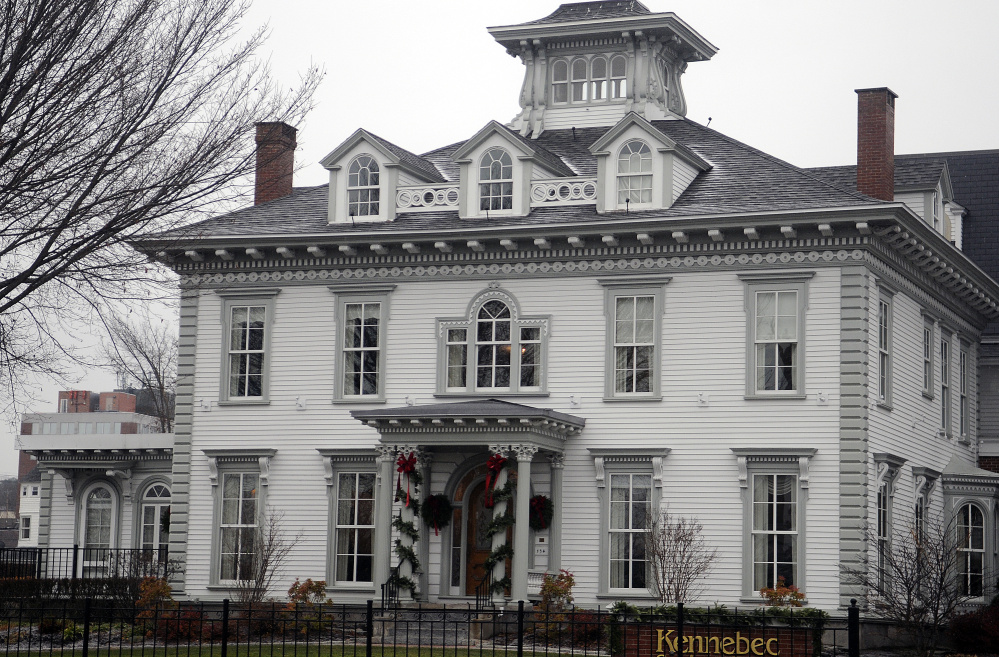
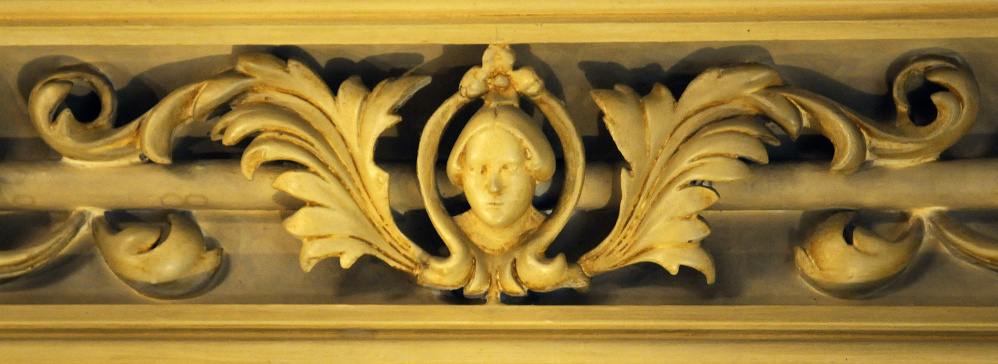
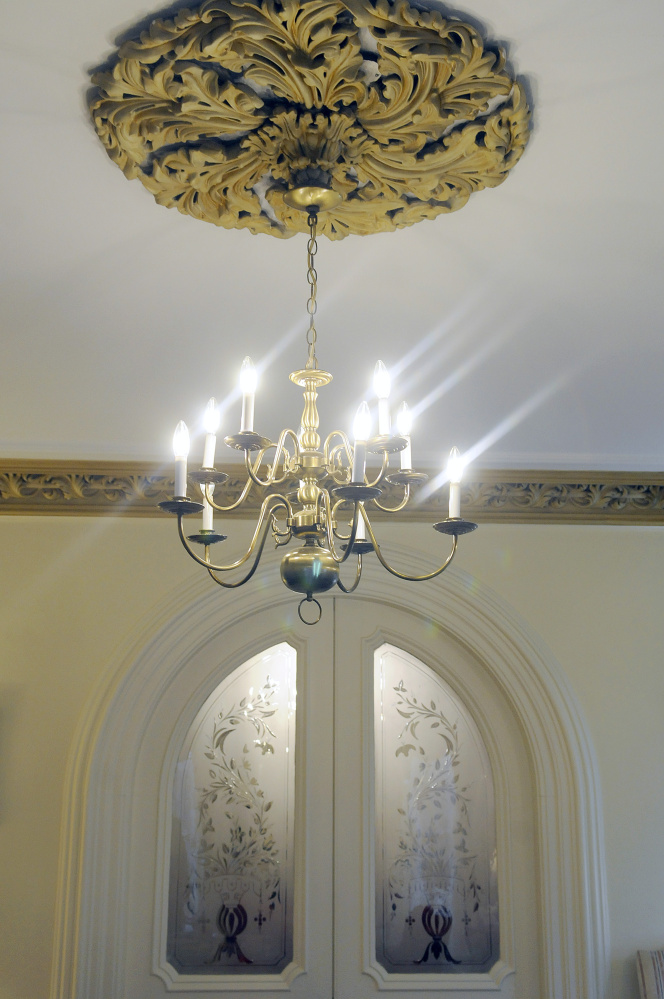
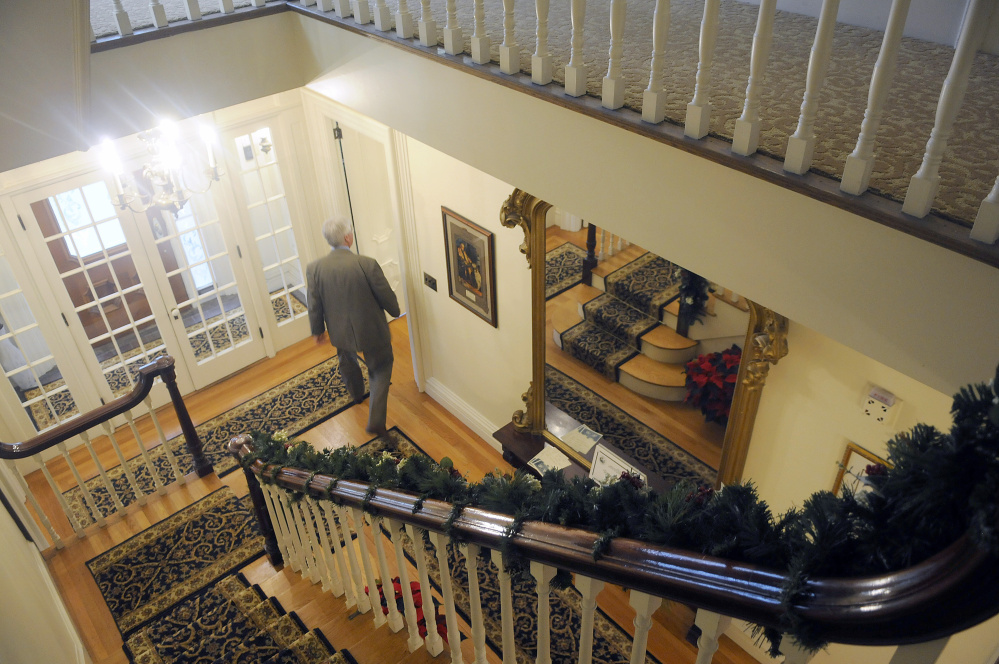
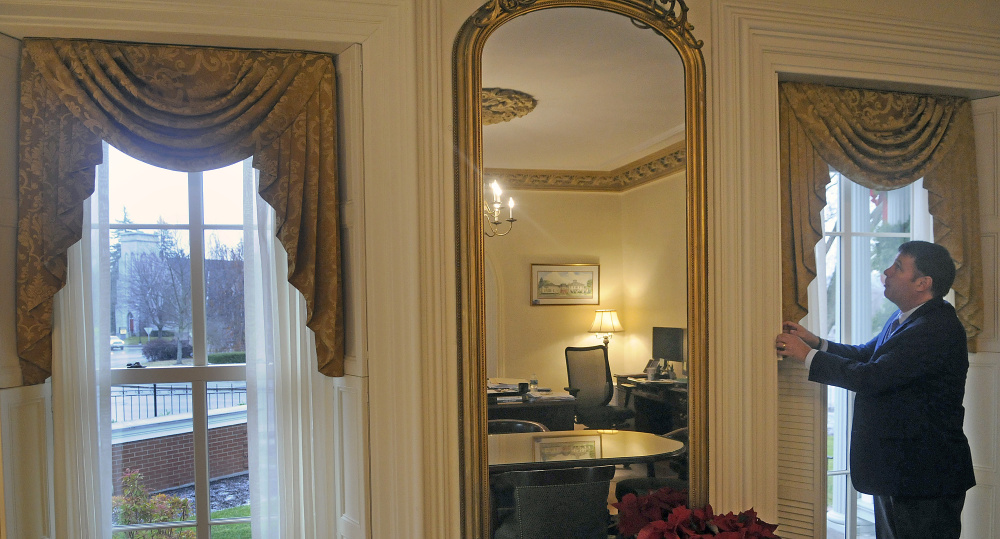
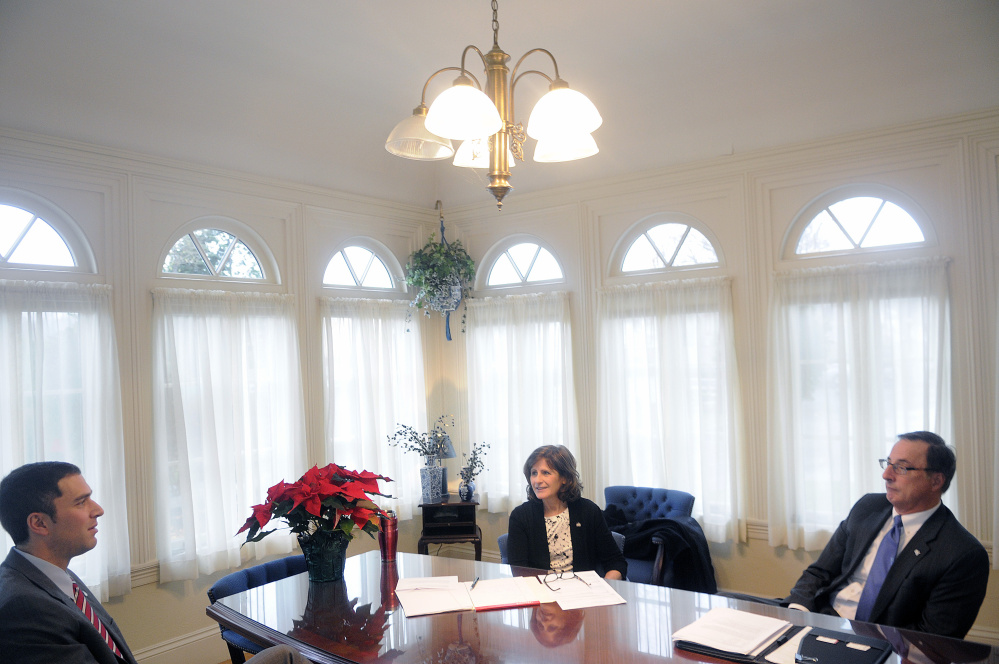
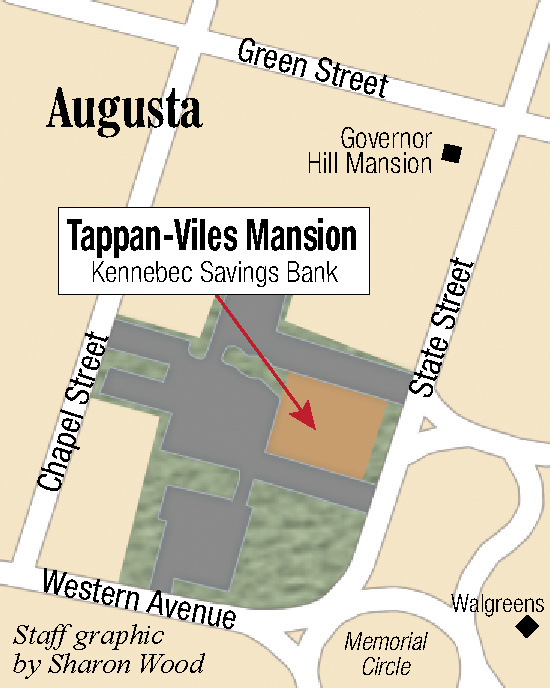

Comments are no longer available on this story